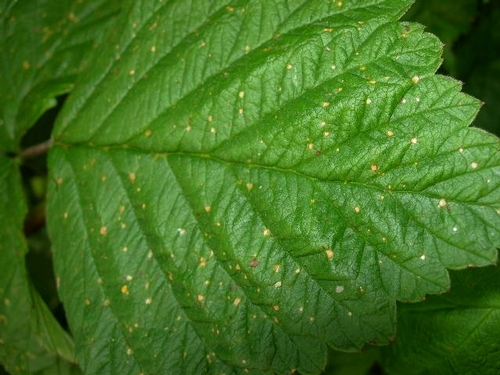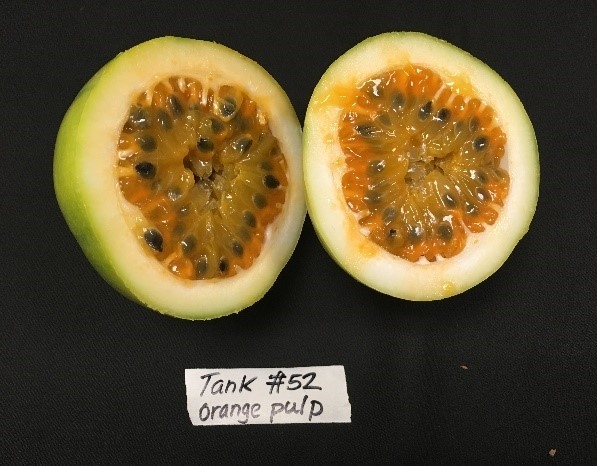
Posts Tagged: avocados
$92 Avocado for Wholesale Trees? Avocado Trees are Selling Well.
A recent auction in South Africa was selling 'Maluma' variety of avocado for $92 a tree. That is more than the average price of avocado nursery trees in that country and a lot more than what is paid in California or Florida. That variety has suddenly gotten a huge demand because of its sales characteristics accounting for 13% of the tree sales from one nursery there.
This is a phenomenon that is going on world-wide not just for 'Maluma'. According to a CA nursery producer, the 'Maluma' sale is really a reflection of the world-wide demand for avocado trees and not necessarily this South African variety. Avocado acreage is expanding world-wide. So far 'Maluma' has a US import license, but has not been grown in CA, so we don't know its performance characteristics. That should change soon according to the nurseryman.
Related story: South Africa: Maluma Day to challenge avocado sector's “convenient position”:
http://www.freshfruitportal.com/news/2017/03/08/south-africa-avocado-auction-shows-exorbitant-demand-maluma-trees/

avocado in bloom
Carfentrazone-ethyl (Shark®) use in Avocados
Shark (carfentrazone) has been currently labeled for use in California avocados. It's widely used in many tree and vine crops. It's a Protoporphyrinogen oxidase (PPO) inhibitor. PPO is an enzyme in the chloroplast cell that oxidizes protoporphyrinogen IX (PPGIX) to produce protoporphyrin IX (PPIX). PPIX is important because it is a precursor molecule for both chlorophyll (needed for photosynthesis) and heme (needed for electron transfer chains). Inhibitors of the oxidase enzyme, however, do more than merely block the production of chlorophyll and heme. The inhibition of PPO by inhibitors also results in forming highly reactive molecules that attack and destroy lipids and protein membranes. When a lipid membrane is destroyed, cell becomes leaky and cell organelles dry and disintegrate rapidly.
PPO Inhibitors have limited translocation in plants and sometimes are referred to as contact herbicides. PPO Inhibitors injure mostly broadleaf plants; however, certain PPO Inhibitors have some activity on grasses. PPO Inhibitors usually burn plant tissues within hours or days of exposure. PPO Inhibitors used in the United States belong to eight different chemistries. It is used in the same niche that Treevix, Venue, and the post rates of Goal are used although registrations vary among those of course (only Goal from that list is registered on avocado).
Carfentrazone is a broadleaf-only herbicide and is interesting in that it has a fairly narrow weed spectrum; it has some species that it is really good on, but misses some other broadleaves almost completely. For example, it is excellent on bedstraw, but pretty weak on fleabane and marestail. It can provide good an inexpensive top-burn of perennial weeds like field bindweed, but will not kill it. Take a look at the label and, if the grower's weed spectrum aligns with some of the labeled weeds, it's worth checking out. Just be aware that it is grass-only and doesn't get all broadleaves equally.
Injury symptoms can occur within 1 to 2 hours after exposure, appearing first as water-soaked foliage, which is followed by browning (necrosis) of the tissue. Symptoms will appear most quickly with bright, sunny conditions at application. Drift injury will appear as speckling on leaf tissue. The necrotic spots are sometimes surrounded by a reddish colored ring. Injury from soil applications or residues appears as a mottled chlorosis and necrosis.
Fig. 1. Phytotoxicity of Shark herbicide on non-target leaf (above)
Phytotoxicity of Shark herbicide on non-target leaf. Since the droplets landing on the
Mixing the formulation depends on the growers sprayer calibration. If applying 20 gal of water per acre, that would be 5 acres per 100 gal mix and would need 10 fl oz product.
For a “spot treatment”, there is a table on the Shark EW label with mix amounts “based on 1 gal of water evenly covering 1000 square feet”. Take a look at Table 4 on this label: https://s3-us-west-1.amazonaws.com/www.agrian.com/pdfs/Shark_EW_Label1q.pdf
Tree & Vine Field Day on Crop Management and Salinity: Grapes, Avocado & Passion Fruit, a Potential New Crop
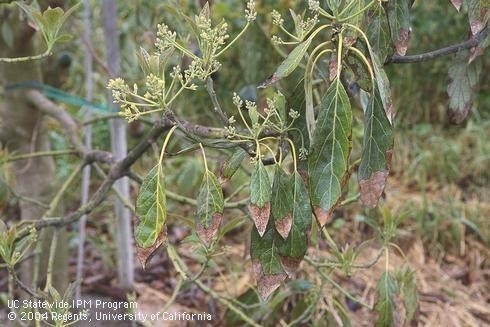
When: December 15, 2016
Where: USDA-ARS U.S. Salinity Laboratory - Loctated on UCR Campus 450 W. Big Springs Road, Riverside, CA 92507 https://campusmap.ucr.edu/
Time: Registration, light breakfast & coffee will be served at 8:00 AM, program from 8:30 – Noon
Cost: FREE Please register at : http://ucanr.edu/survey/survey.cfm?surveynumber=19550
Moderator: Sonia Rios, Subtropical Horticulture Farm Advisor, UCCE Riverside & San Diego Co.
Agenda:
8:30 AM – Welcome, Donald Suarez, U.S. Salinity Laboratory, Director
8:35 AM – “Management of avocado production in southern California” - Peggy Mauk Ph.D., Dir. of Agricultural 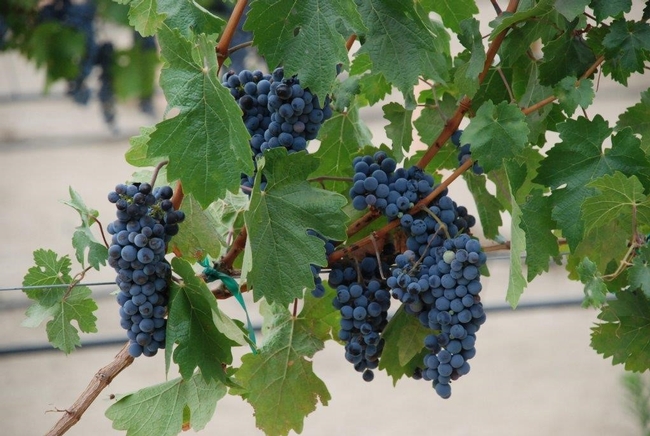
9:05 AM – “Avocado salinity management: Response of different rootstocks”- Donald Suarez Ph.D., USDA-ARS Salinity Laboratory Director
9:25 AM - “Grape Management in southern California - Carmen Gispert Ph. D. Area Viticulture Advisor, UCCE Riverside
9:55 AM – “Wine Grape production under saline conditions” - Donald Suarez Ph.D. USDA-ARS Salinity Laboratory Director.
10:10 AM - Break- light refreshments & snacks
10:30 – Noon - “Introducing Passion Fruit as a New Crop to Southern California- Cultural aspects and salinity effects” & Field Tour - Jorge Ferreira, Ph.D., Research Plant Physiologist, USDA-ARS, US Salinity Lab.
For more information, please Contact: Sonia Rios, UCCE Subtropical Farm Advisor: sirios@ucanr.edu
OR
Donald Suarez, USDA Salinity Laboratory Director: donald.suarez@ars.usda.gov, 951-369-4815
Avocado Production Class for New Growers 2016
6 weekly classes and a Saturday Field Trip to the UC Cooperative Extension High Density Trial
2:00 – 4:00 pm, Wednesday afternoons located at the San Diego County Farm Bureau, 1670 E. Valley Parkway, Escondido CA 92027
Instructor: Gary Bender Ph,D., Farm Advisor Emeritus, UC Cooperative Extension
Classes Start April 27, 2016
Cost is $105.00 per person, which includes Dr. Bender's Avocado Production in California Books 1 & 2, ANR Publication IPM for Avocados, and The International Avocado Quality pocketbook
NEW! Schedule of Classes: (No refunds for classes missed)
- April 27, Introduction to Agriculture in San Diego County, History of Avocado Production in California
- May 4, Botany, Flowering, Varieties, Harvest Dates, Rootstocks
- May 11, Irrigation Systems, Irrigation Scheduling, Salinity Management
- May 18, Fertilization, Organic Production
- June 1, Canopy Management, Tree Spacing, disease and root rot control
- June 8, Avocado Insects and Mites, Polyphagour Shothole Borer and Fusarium Disease Speakers Mark Hoddel Ph.D., UCCE Entomology Specialist and Akif Eskalen Ph.D., UCCE Subtropical Plant Pathologist
- June 11, 9:00 AM, Saturday Field Trip to High Density Trial and a Commercial Grove, Valley Center CA Speaker Niamh Quinn UCCE Area Vertebrate Pest Advisor, demonstrating trap and bait station setting techniques.
To register follow click on the link http://ucanr.edu/survey/survey.cfm?surveynumber=17727
Please Contact Quang Tong for questions at qtong@ucanr.edu or 858-534-0947 for regeestration questions
Please contact Subtropical Horticulture Farm Advisor Sonia Rios for any other questions regarding the class or material being covered at sirios@ucanr.edu or 951-683-6491 ext. 224
Avocado as Gary Bender Knows Them
Gary Bender “was” a farm advisor in San Diego, who is still there but is now retired. He still knows his avocados and compiled his knowledge into a handbook that is online and available to all for immortality………….or as long as the internet survives. This concisely written text is full of practical information that even the most seasoned grower could probably learn from. And maybe those seasoned growers might have a lot to learn,
Find it at the UCCE San Diego website:
http://ucanr.edu/sites/alternativefruits/Avocados/Literature/
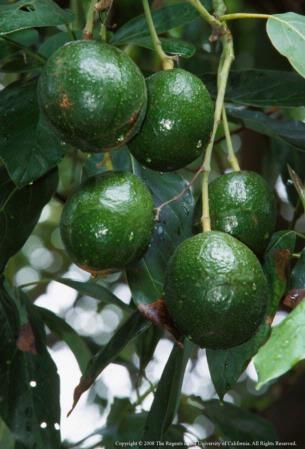
avocado fruit

